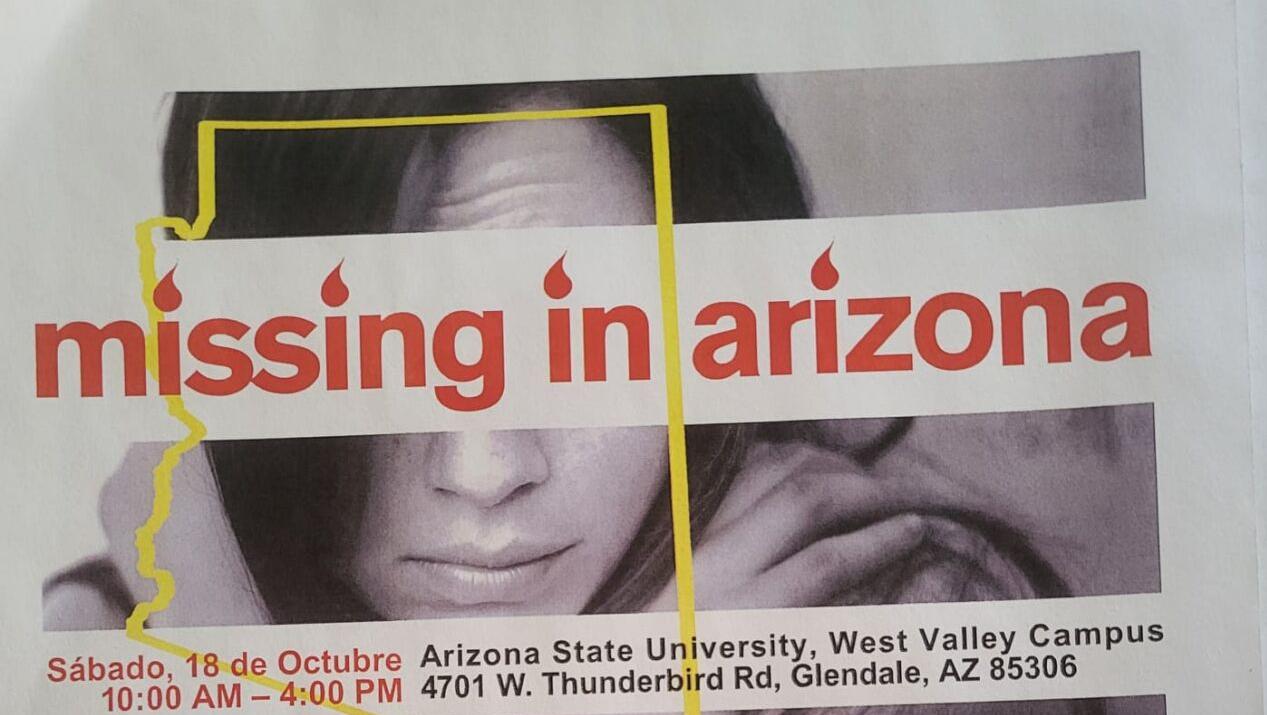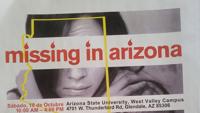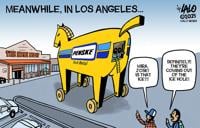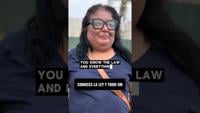
ASU Missing in Arizona flyer. (ASU)
Tucson, Arizona – On Oct. 18, Arizona State University (ASU) will host a crucial day for many families living with an open wound: the disappearance of a loved one, in the desert or elsewhere in Arizona.
At the event, titled Missing in Arizona, DNA samples will be taken from immediate family members of missing persons, in the hopes of identifying the thousands of bodies recovered in recent years, many of them migrants attempting to cross into the United States.
The goal is to collect DNA samples to compare with unidentified bodies in various Arizona morgues. The event will take place from 10 a.m. to 4 p.m. at the university located at 4701 W. Thunderbird Rd. in Glendale, Arizona, said Óscar Andrade, director of the Tucson-based search group, Capellanes del Desierto.
The migrant search group, which focuses its efforts on “rescuing and recovering our fellow migrants in the desert,” is urging the Arizona community to attend in order to help locate loved ones who may have gone missing while attempting to cross the U.S.-Mexico border.
In Pima County alone, where Tucson is located and which encompasses part of the Arizona desert toward the border with Mexico, there are more than two thousand unidentified bodies in the coroner's office, Andrade shared.
The remains of 4,384 people have been found in the Arizona-Sonora Desert since 1990. From May 2024 to May 2025, the remains of 154 migrants were found, according to Saulo Padilla, coordinator of the Mennonite Central Committee's migrant education program, who cited data from Humane Borders.
Suzi Dodt, investigations supervisor for the Pinal County Medical Examiner's Office, is one of the event's organizers and explained to CALÓ News that in Arizona, being able to analyze the DNA of a deceased person is critical because, even after a week, some identifiable body features such as tattoos or scars could fade due to extreme heat.
Other complications also arise when trying to identify a deceased person. Families may not know, for example, who the missing person's dentist was, if they had one or if they still have records for dental identification. And not everyone is fingerprinted while still alive. Sometimes, DNA is the only way to identify a deceased person, Dodt explained.
It's important to note that not all people reported missing are found dead. In previous Missing in Arizona events, more people were found alive than dead. Therefore, people are encouraged to report a missing person if they have never done so, Dodt added.
During the October event, in addition to taking a DNA test, family members and loved ones will be able to file missing person reports, as search parties and several state agencies will be present.
Families are encouraged to bring photographs, medical records, dental records and fingerprints of their missing loved ones, if they have them.
To provide a DNA sample, an immediate family member of the missing person, such as a father, mother, child or sibling, must attend.
César Barrón is an independent reporter covering the transnational communities of Ambos Nogales. He has over 20 years of experience covering the Sonoran communities.











(0) comments
Welcome to the discussion.
Log In
Keep it Clean. Please avoid obscene, vulgar, lewd, racist or sexually-oriented language.
PLEASE TURN OFF YOUR CAPS LOCK.
Don't Threaten. Threats of harming another person will not be tolerated.
Be Truthful. Don't knowingly lie about anyone or anything.
Be Nice. No racism, sexism or any sort of -ism that is degrading to another person.
Be Proactive. Use the 'Report' link on each comment to let us know of abusive posts.
Share with Us. We'd love to hear eyewitness accounts, the history behind an article.